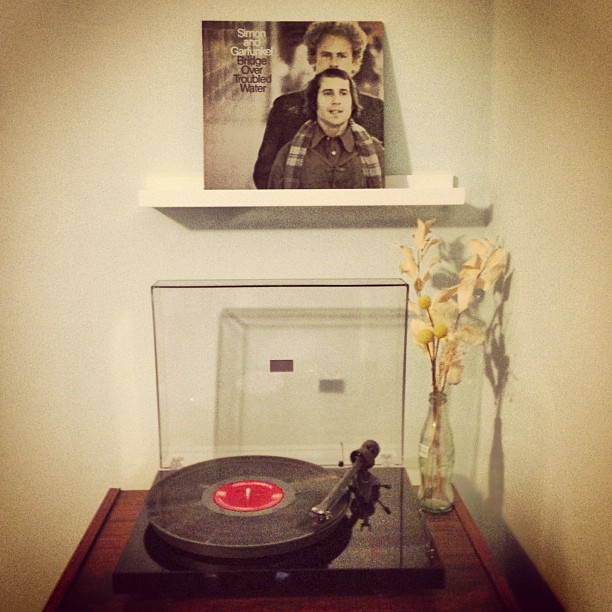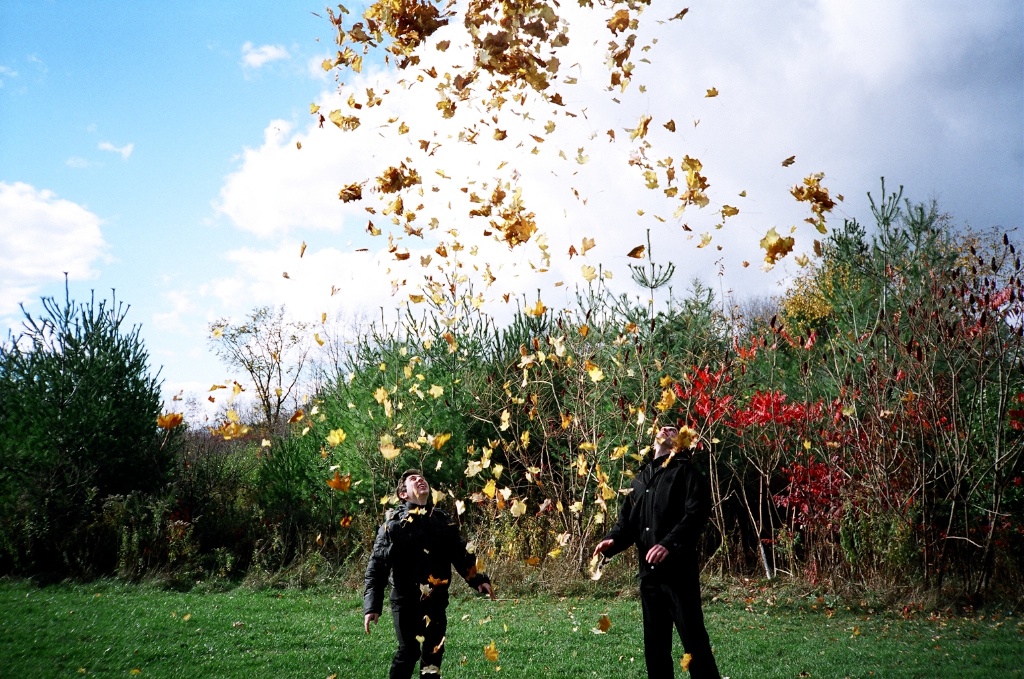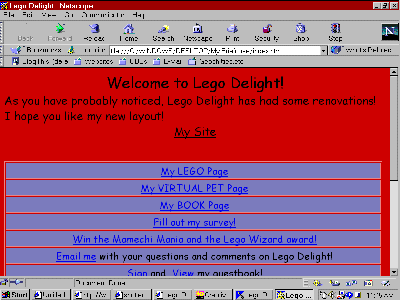It’s not much of a stretch to say that we’re living in a pretty fast-paced world today.
Between the hundreds of people we follow on Twitter and Facebook to the mountains of websites we visit to our ever-expanding inbox(es), it really feels like there’s a lot that we “need” to keep up with.
In a world where memes are created within hours of an event and then discarded and forgotten a day or two later, it can feel nearly impossible to stay on top of things. Try to tell someone a huge piece of breaking news, and chances are they’ve heard it already. It’s so five minutes ago.
Today, many of us — especially those of us who have many interests and/or spend tons of time online — are partaking in what I think of as a sampling culture. When we’re in such a rush to consume the wealth of information and/or cat pics that are in front of us on a daily basis that most of it is really going in one ear and out the other. Be honest with yourself: How much can you really retain when you’re looking at potentially hundreds of websites/articles/posts/tweets/cat pics every day?

Just kidding, I always have time for catpics.
It’s as if we’re being faced with an amazing buffet that’s passing by on a fast-moving conveyor belt. What are we to do? Try to take a crumb of everything that’s zipping by, or let most things pass by untasted and enjoying a few chosen items?
With that in mind, here are a few of my suggestions about how to slow the eff down and enjoy life a bit more.
Embrace repetition
Now, as I’ve discussed before, making permanent memories and retaining information is not the be all and end all. It’s perfectly fine to have an experience, enjoy it in the moment, and then let it go. That being said, I do like to remember some of what I’m taking in. There’s a lot of really fantastic advice, inspiring stories, and beautiful art in the world, and am I doing these things justice if I’m scarfing them down in a fruitless attempt to “keep up”? For ideas to have a real impact on your life, they need to be absorbed more slowly, and potentially multiple times.
This is especially the case when it comes to music. With the rising popularity of Internet radio services like Rdio and Spotify, we’re culturally trending towards all-access passes to huge catalogues of everything ever. With no ownership of what you’re consuming or limits on how much you can consume, you’re being encouraged to embrace sampling culture and enjoy a bit of everything. This is cool, but to really love an album, you often have to give it a few listens for it to really sink in. Sometimes you only really connect with a song or an artist upon hearing it at a very specific time, in a very specific context, which is why you end up strongly associating music with certain times in your life.
With so much going on and so much on the menu to sample, I believe in deliberately forcing some repetition of music, writing, and art that I like. Although I fight against feeling like I’m wasting my time by revisiting something I’ve already once consumed, the repetition helps to forge a deeper connection. Lesson: Go for quality over quantity.

I’ve probably listened to this very Movember-appropriate album several hundred times, and I’m okay with that.
Get offline and rediscover physical objects
Between the plummeting price of storage and the vastness of the Great Interwebs, our capacity for discovery and hoarding are endless. Meanwhile, in the physical world, we have constraints.

My iTunes library. Kiiiind of ridiculous.
This complements the first point about repetition. In the world of physical objects, we’re restricted to a finite number of resources, and we therefore have a better chance of giving things proper attention since we have less to focus on.
Using a film camera instead of a digital camera is another exercise in slowing down and being more deliberate. When you’re limited to 24 or 36 exposures per roll of film and developing film takes time and costs money, you’re bound to be more careful when taking pictures and really focus on capturing what’s important. When I take my digital SLR with me anywhere, I inevitably end up taking hundreds of photos in a day, most of which, to be honest, aren’t that great or memorable. Analogue processes and physical objects help to reduce some of the noisy waste. (That being said, there are also huge advantages to digital photography and I ♥ my Nikon D600.)

Some of my favourite photos are ones I took with film, like this one!
There’s also something to be said for ownership and the ability to hold something in your hands. Once you’ve bought a book/album/roll of film, you’re much more likely to want to fully enjoy it since you paid good money for it and are giving it space in your home and your life. For better or for worse, I think that we value virtual objects less and we feel that they’re more easily disposable and forgettable.
Be selective
The artist is a collector. Not a hoarder, mind you, there’s a difference: Hoarders collect indiscriminately, artists collect selectively. They only collect things that they really love.
Go ahead, hit ‘Mark all As read’ in Google Reader. Cut down the number of websites you visit. Get rid of the clothes in your wardrobe that you don’t feel good wearing. Pare down ruthlessly until you’re only devoting your time and energy to things that you love, because time is finite and noise is endless. Cutting mediocrity out of your life leaves space to let in awesome things that are worthy of your time!
How do you feel about the pace of life and information today? Do you have any good coping strategies?

